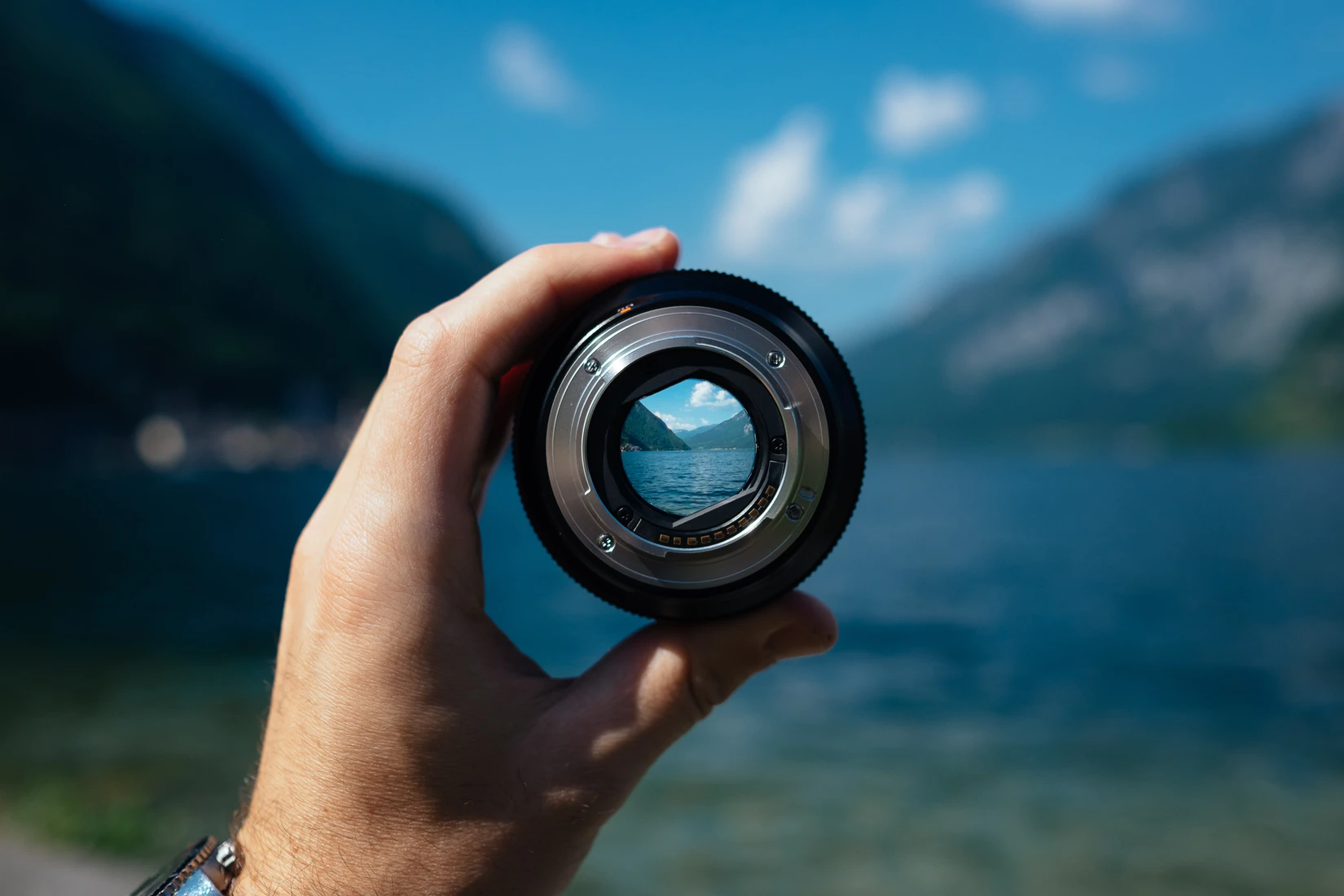· 5 min read
If 2020 taught us anything, it is that we live in a hyper-turbulent world, where the only constant is change, and as we move towards the summer of 2021 things have not slowed down. The COVID-19 pandemic has caused a socio-economic calamity, affecting the lives of many people in the maritime sector, (not least our seafarers caught up in it), whilst simultaneously altering the way we view the environment.
Nevertheless, there have been some positive effects on the natural world and the health of our oceans. There is evidence that the significant slowdown in the shipping sectors, coastal tourism and oil and gas industry have had a positive effect on marine ecosystems. A recent survey by the United Nations Development Programme (UNDP) showed reduction in global seafood production of 1.7% and the trade value of seafood will decrease by nearly $6bn. This is primarily due to lower demand from export markets.
Shipping cargo declines
COVID-19 has also had a dramatic effect on international shipping, where near-term cargo amounts have declined about 5 per cent year-on-year from March 2020.
However, this is only temporary and if we don’t act now, we will revert to the old ways and continue damaging our oceans and associated marine habitats. In the Q1 of 2021 we are already seeing an increase in activity and associated increase in emissions. As we continue to emerge from the global pandemic we need to assess how the blue economy can support the global economy but more importantly how this can be done sustainably.
So, what exactly do we mean by the Blue Economy – given it means different things to different people –and how can it positively impact marine ecosystems?
In essence, the Blue Economy is wealth creation from ocean resources. Economic activity may include energy, either from hydrocarbons or from the renewable sector, transportation, shipping, and logistics ensuring continuation of global trade. Aquaculture, food supply (both wild caught and farmed fish) and harvested seaweed. It can even include digital transformation in the form of subsea data centres.
Energy transition and the Blue Economy
Oil and gas production will be with us for years to come. However, it is the responsibility of all industries, both onshore and offshore, to decarbonise their operations, which can only be done by removing or limiting the use of hydrocarbons.

Potential of blue, green hydrogen
Hydrogen has been heralded as a fuel that can drive energy transition. Blue hydrogen is created by the reforming of methane into hydrogen, with associated emissions removed via carbon capture and storage (CCS). Green hydrogen is produced when clean electricity from renewables is used to electrolyse water. Both blue and green hydrogen have massive offshore potential.
More importantly, the knowledge and experience in the oil and gas industry can easily be transferred to the design, construction, operation and maintenance of offshore hydrogen infrastructure.
The hydrogen produced can be used to decarbonise one of the hardest to abate offshore emission sectors – maritime shipping. Work has already been undertaken to assess hydrogen or its derivatives as an alternative to marine diesel and heavy fuel oil. Adoption of clean fuel technology in shipping will help to ensure that the IMO meets a 50 per cent reduction in GHG emissions by 2050. Shell have recently announced a feasibility study into hydrogen shipping for their vessels in Singapore. Similarly companies like Ardmore shipping are looking to decarbonise the marine auxiliary power generation on board their ships through the use of hydrogen this is being developed with Element 1 Corporation and backing from Maritime Partners LLC.
Aquaculture innovation
The activity levels of marine aquaculture are only set to increase, but how do we balance sustainability with the needs of consumers, build economic growth and conserve marine ecosystems? It’s quite a task – but there are great examples where this is already being done.
At the World Economic Forum Virtual Ocean Dialogues 2020 conference, entrepreneurs addressed a breakout session of the event called, ‘Harnessing the Power of Innovation to Achieve Sustainable Delivery Goal, (SDG) 14’.
One company featured, nextProtein, uses food waste to mass-produce insect protein to feed farmed fish in place of fishmeal, the traditional method of using fisheries’ by-catch, which can lead to the depletion of ecosystems and the collapse of local fisheries.
SimplyBlue Energy is an offshore developer of sustainable marine projects. As well as working in floating wind and wave energy, they also develop aquaculture projects. By combining these sectors, SimplyBlue can power their farms from marine renewable energy, supporting the sustainable growth and development of fish farming with reduced impacts of GHG emissions.
Could reef credits be the new carbon credits?
Global bank HSBC and Australia’s Queensland Government recently became the first ever private and public buyers of reef credits.
GreenCollar, an environmental developer and investor, created the Reef Credit scheme. It explained: “The Reef Credit Scheme is a new environmental market that pays landholders for on-farm actions that improve water quality by reducing pollutants entering the Great Barrier Reef, without compromising the productivity of their land.”
It involves a tradable unit which, for buyers, provides a measurable, audited water quality outcome tracked against internationally recognised targets.
GreenCollar estimates that the market could be worth over 6 million reef credits by 2030. It opens the door for more businesses to invest in the future of the reef as a part of their environmental, social and governance, (ESG) strategies and develop a diversified income stream at the same time.
Get connected
The Blue Economy has the potential to emerge from the pandemic as a sustainable marketplace that drives marine biodiversity and supports wealth creation.
However, it means marine sectors have to work together in a connected blue economy using the skills and technologies in adjacent sectors to drive development and adoption of innovation.
There is no reason why oil and gas and renewable industries cannot work symbiotically for production of green hydrogen. This, in turn, can support the decarbonisation of the maritime industry, with zero emission fuels the goal.
The use of innovative credit schemes like Reef Credits, can help companies achieve their ESG goals while investing in the future and protection of marine reefs. Renewable energy can power fish farms, subsea data centres [link], and the electrification of oil and gas platforms – all of which supports decarbonisation.
One thing is for sure, the Blue Economy needs to be disruptive, breaking down barriers between marine sectors. It is only by doing this that we will create a more environmentally sustainable, efficient, and profitable marine economy.
Energy Voices is a democratic space presenting the thoughts and opinions of leading Energy & Sustainability writers, their opinions do not necessarily represent those of illuminem.






